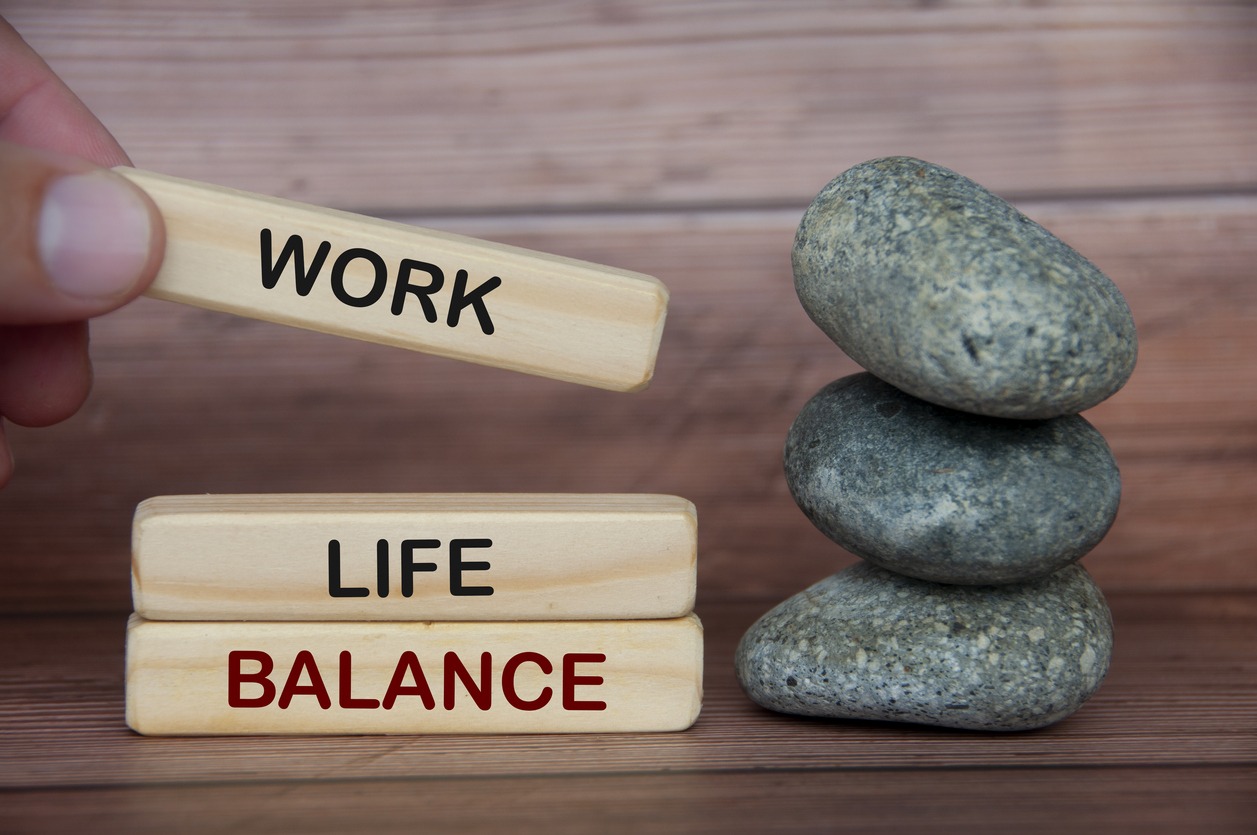Maintaining a healthy work-life balance is an essential aspect of managing our lives in today’s fast-paced world. The pressure to excel in one’s professional life, coupled with the need to maintain personal relationships, can leave one feeling overwhelmed and stressed. It’s easy to get caught up in the daily grind of work, but it’s essential to take a step back and evaluate how we allocate our time and energy. A good work-life balance is critical to our overall well-being, and it’s essential to ensure that we don’t neglect either of these aspects of our lives.
From setting realistic goals and priorities to managing time effectively, we will explore various strategies that can help overcome common challenges such as long working hours, constant connectivity, and heavy workloads to achieve a healthier work-life balance.
Importance of maintaining a healthy work-life balance
Maintaining a healthy work-life balance is crucial for both personal and professional well-being. A balanced lifestyle enables individuals to lead a fulfilling life, both at home and in the workplace, enhancing overall productivity and job satisfaction.
When work takes precedence over personal life, it can lead to negative consequences such as burnout and anxiety, which can hinder career growth and personal relationships.
By establishing boundaries between work and personal life, individuals can achieve a sense of equilibrium, allowing them to prioritize their health, happiness, and relationships. This, in turn, can lead to increased motivation, creativity, and success in the workplace. Hence, it is imperative to ensure a healthy work-life balance to achieve overall success and well-being.
Challenges of Balancing Work and Family Life
Balancing work and family life can be challenging in today’s fast-paced world. Achieving a work-life balance is essential for maintaining mental and emotional well-being, but it requires careful planning and prioritization.
1. Time management difficulties
One of the most significant challenges professionals face when trying to balance work and family life is managing their time effectively. With a busy work schedule and family obligations, it can be challenging to allocate enough time for both. Time management difficulties can lead to stress, burnout, and even missed opportunities.
2. Financial pressures
For those who are working parents, the cost of childcare or the need to work long hours to make ends meet can make it challenging to spend quality time with their children. At the same time, the pressure to provide for one’s family can lead to stress and anxiety, which can further impact the work-life balance.
3. High work demands
With an increasingly competitive job market, employees are often required to put in long hours and work weekends, leaving little time for their families. This can lead to feelings of guilt and stress, as parents struggle to balance their responsibilities at work with their obligations at home.
4. Lack of support from employers
Many companies prioritize productivity over employee well-being, making it difficult for working parents to manage their family responsibilities alongside their professional obligations.
The absence of flexible work schedules, lack of paid parental leave, and inadequate childcare options are just a few examples of the ways in which employers fail to accommodate the needs of their employees. This lack of support can result in undue stress, strain on family relationships, and a decreased quality of life for working parents.
It is crucial to set clear boundaries and communicate effectively with family members and colleagues to ensure that each aspect of life is given the necessary attention, without compromising the other.
Strategies for Achieving a Healthier Equilibrium
1. Prioritizing and setting boundaries
Prioritizing and setting boundaries are essential strategies for achieving a healthier equilibrium. By prioritizing, individuals can identify the most important aspects of their lives, such as family, work, and personal well-being, and allocate their time and energy accordingly.
It is also crucial to set boundaries, both with others and with oneself, to prevent burnout and maintain a healthy balance. This may include saying no to additional responsibilities, limiting screen time, or setting aside designated self-care time.
By prioritizing and setting boundaries, individuals can improve their physical and mental health, increase productivity, and improve overall well-being.
2. Establishing a routine
Establishing a routine is a key strategy for achieving a healthier equilibrium. A well-planned routine helps to create structure and consistency in daily life, which is essential for maintaining a healthy balance between work, rest, and play.
It is important to identify the ideal times for activities such as meals, exercise, and sleep, and to stick to these times as closely as possible. This helps to regulate the body’s natural rhythms and promote optimal health and wellness.
Also, incorporating relaxation techniques such as meditation or deep breathing into the daily routine can help to reduce stress and promote mental clarity.
3. Taking breaks and making time for self-care
Taking breaks and making time for self-care can help us achieve a healthier equilibrium. This means carving out time in your busy schedule to engage in activities that help relax the mind and body, such as meditation sessions like yoga, or jogging or hiking, or spending quality time with family and friends.
By prioritizing self-care, you can reduce stress, improve mood, and increase productivity. It’s important to remember that self-care is not selfish, but rather an essential component of maintaining a healthy work-life balance.
4. Communicating with family and employers
When it comes to achieving a healthier equilibrium, effective communication with both family and employers is essential. For family members, it is important to establish clear boundaries and expectations regarding one’s health goals and needs. This includes discussing healthy meal options, exercise routines, and stress management techniques.
It is likewise important to communicate any necessary accommodations for health conditions. When it comes to employers, open and honest communication can help establish a supportive work environment. This may include discussing flexible scheduling, breaks for physical activity, and the importance of mental health.
5. Seeking support from colleagues and family
Connection and social support are essential components of maintaining mental and physical health. When we share our struggles and concerns with those who care about us, we feel more understood and validated. This can alleviate stress and anxiety, which in turn can improve our overall well being. By seeking support from colleagues and family, we also create a supportive network that can provide us with guidance, resources, and encouragement.




